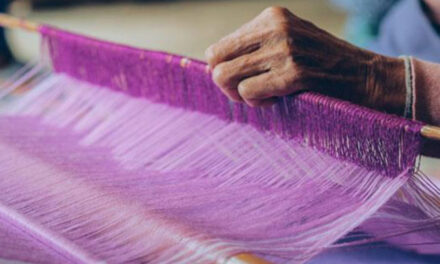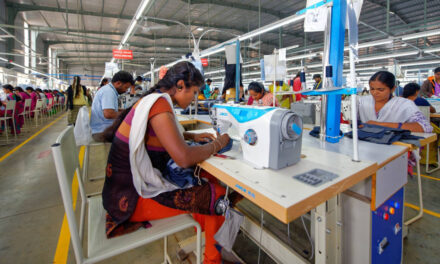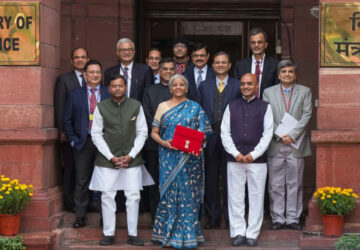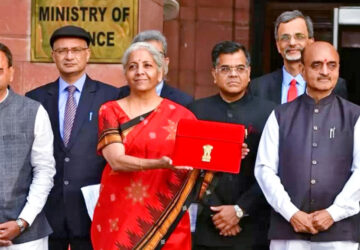 India is lagging in cotton exports to major markets due to a duty disadvantage vis-a-vis Bangladesh, Vietnam and Pakistan, a Confederation of Indian Textile Industry (CITI) study found. Indian export of cotton yarn to the likes of the European Union (EU) and China slumped 25 per cent in the past five years, while fabric export fell 7 per cent. As per the apex chamber of Indian textiles, Indian cotton yarn exports fell to $3.4 bn in 2017-18, from $4.5 bn in 2013-14. China, the largest importer of cotton yarn, has replaced India with Vietnam and Indonesia, as they have duty-free access while Indian yarn carries a 3.5 per cent import duty. Similarly, Indian exports of cotton yarn are subject to a 4 per cent duty in the EU, while Vietnam and Indonesia have a 3.2 per cent tariff and least developed countries (LDCs) get duty-free access. CITI has suggested inclusion of cotton yarn and higher incentive for fabric — from the current 2 per cent —in the Merchandise Exports from India Scheme, to make them competitive.
India is lagging in cotton exports to major markets due to a duty disadvantage vis-a-vis Bangladesh, Vietnam and Pakistan, a Confederation of Indian Textile Industry (CITI) study found. Indian export of cotton yarn to the likes of the European Union (EU) and China slumped 25 per cent in the past five years, while fabric export fell 7 per cent. As per the apex chamber of Indian textiles, Indian cotton yarn exports fell to $3.4 bn in 2017-18, from $4.5 bn in 2013-14. China, the largest importer of cotton yarn, has replaced India with Vietnam and Indonesia, as they have duty-free access while Indian yarn carries a 3.5 per cent import duty. Similarly, Indian exports of cotton yarn are subject to a 4 per cent duty in the EU, while Vietnam and Indonesia have a 3.2 per cent tariff and least developed countries (LDCs) get duty-free access. CITI has suggested inclusion of cotton yarn and higher incentive for fabric — from the current 2 per cent —in the Merchandise Exports from India Scheme, to make them competitive.
“Indian spinning mills performed well in exports in 2013-14, when cotton yarn was covered under schemes such as 2 per cent incremental export incentive, 2 per cent interest subvention and 3 per cent focus market incentive. The sector could penetrate markets other than China,” said Sanjay K Jain, Chairman, CITI. However, withdrawal of these incentives left the mills high and dry. The industry, said Jain, is forced to sell cotton yarn at lower prices due to a surplus. In case of fabric, Indian exports are levied 8-10 per cent duties, which is 6.4 per cent maximum for other exporting countries.
As per the CITI analysis, India’s raw cotton is going to various markets at zero duty instead of being converted to yarn or fabric, resulting in loss of employment and foreign exchange. India exported $1.9 bn of raw cotton in 2017-18.“The fall in cotton yarn and fabric exports is impacting the entire value chain — from farmers to spinners, weavers and knitters. There is considerable exportable surplus but we are not able to be overcome the tariff disadvantage despite being competitive in both spinning and weaving,” Jain added













